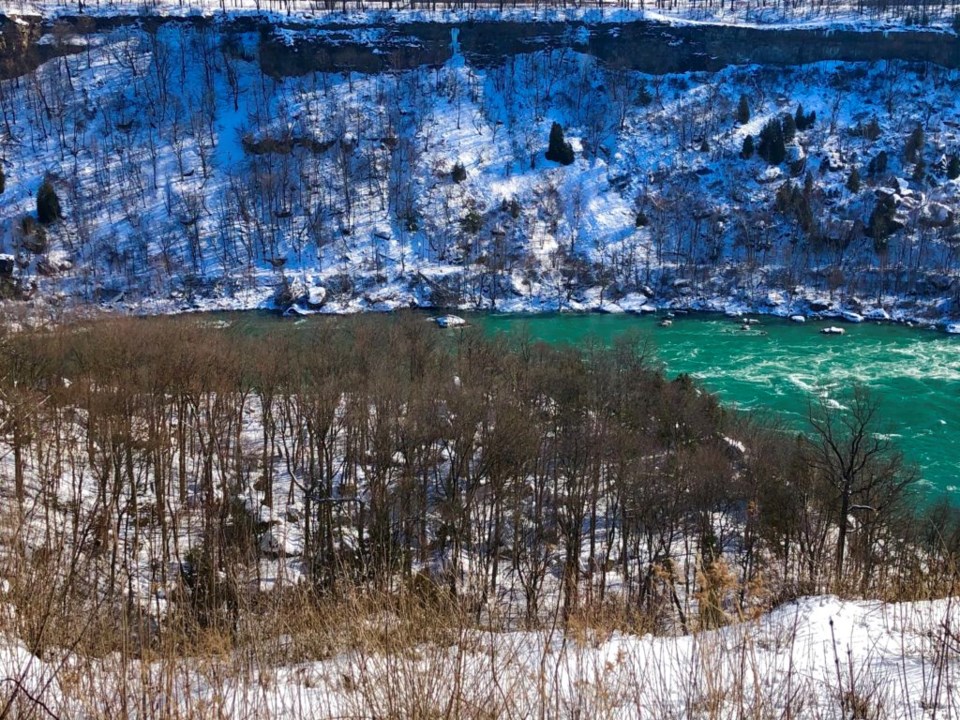
This week, I am forecasting what Niagara’s hiking trails and parking spaces might look like as we roll into the nice weather of 2021, and beyond.
In a handful of articles for The Local over the last year, I observed and reported on the changes in trail conditions, safety concerns, parking problems, and the increased litter that came with the pandemic. I also watched with curiosity a new wave of people discover Niagara’s green spaces, and their sense of wonder and appreciation. I find myself sitting here on the cusp of spring, equipped with the same peculiar uncertainty I felt during the last.
What are Niagara’s trails and our communities in for once the warmer weather arrives, and the 2021 true outdoor season begins?
For every force, there is a reaction. What will the impacts of all these new visitors be on our biodiversity and stable ecosystems?
Let’s briefly revisit a timeline, and what I propose is likely to happen again come this spring and beyond.
Last year’s discovery of Niagara’s nature wasn’t accomplished by Americans and European visitors. It was largely enjoyed by locals and those from the Greater Toronto Area. From across the province, we showed up when it came to maximizing nature time during the pandemic, as many looked for new recreational options during uncertain times.
The signs were clear in the spring of 2020. Newly imposed restrictions had people thinking about appropriate and safe activities. I believe a subset of our southern Ontario population caught on to Niagara’s natural spaces, aided by the power of social media and hyper-localized travel. I have never seen Niagara’s trails busier.
And we’re not just talking about summer, when most people have the time or comfort to get their outdoor fix. It continued, and still does, in all seasons. Parking lots at the Niagara Gorge, Short Hills Provincial Park, and Decew Falls were filled to their concrete limits and onto the roads in 2020. It is still happening on weekends this winter.
And for the first time, this is happening with higher frequency and greater volume than ever before.
With this unforeseen influx of hikers, there came logistical challenges involving cars lined up for nearly a kilometre in some cases near Decew Falls. Short Hills parking lots reminded me of spillage that leaked cars onto the paved roads, sometimes with 20-plus cars on either side of Pelham or Wiley Roads. Trains of people hiked along the Short Hills trails, while Decew and the gorge saw a historic spike in rescues of unprepared hikers, as they were caught off-guard by the beauty and danger dichotomy.
Here’s what I think might happen next, and I also wonder how we will be prepared for this scenario.
After a winter and lockdown combo, I feel visitors from Southern Ontario are going to be extra-enthused to get outside once spring makes its first appearance. We can’t resist the first T-shirt days of the season, the sounds of birds, and the green life popping through the soil. Now imagine that outdoor rush we all experience, multiplied with the events of last year’s local travel increase to hiking trails from the GTA and beyond. I anticipate it will just take a few weekends with nice spring weather to really pack our parking lots again.
By the way, the red budding of maple trees, and the return of morning robin songs are late February signs that spring is coming. It’s already happening here in NOTL, largely afforded by being so far south in Canada.
The theme snowballs as we exit the snow season. Suddenly, it’s summer, and our trails are being packed by locals, people from the GTA, and all other accessible locations.
Let’s imagine the hypothetical day where we truly reopen full-scale.
With a steady Ontario base already inundating the trails and parking spaces, what are we going to do when we allow Americans, Europeans, and the rest of the world back into a state of normal travel?
I guess we have months, maybe years to think about that one. But, wow — we need to heed the warning signs that our natural areas are going to be under immense pressure, even while delivering such positive influences to minds of all sorts.
It’s like 20 people trying to play with a puppy at once. This appreciated, albeit fragile and delightful figure must be protected and respected to the highest degree. Biodiversity, and protected tranquility, is the puppy.
With an extraordinary number of people already parking, hiking, and influencing nature, while it influences their nature, what are we going to do in the times to come?


